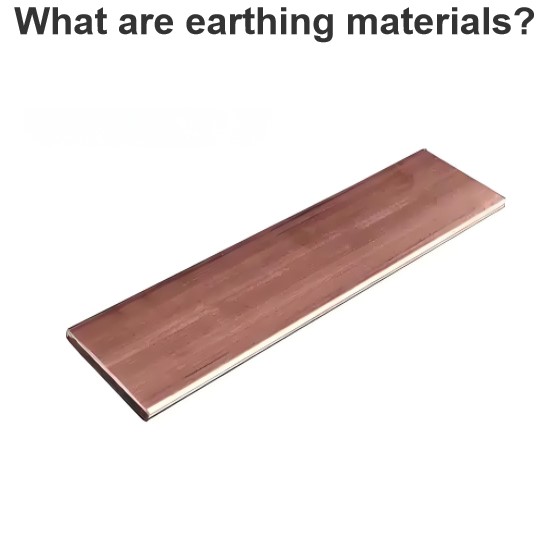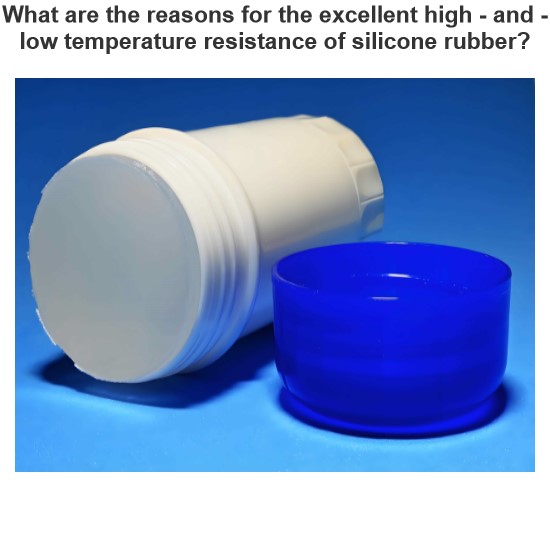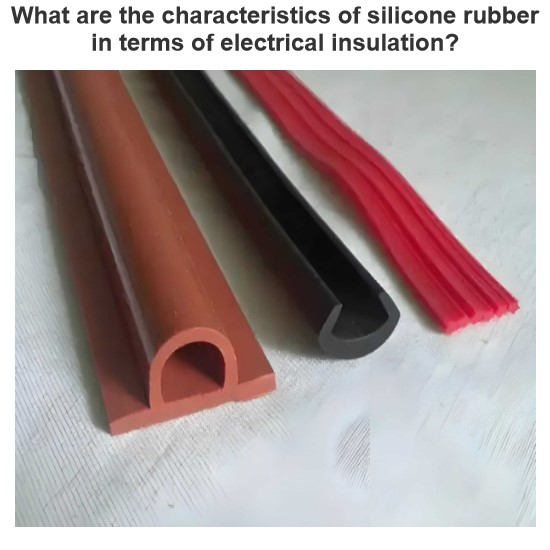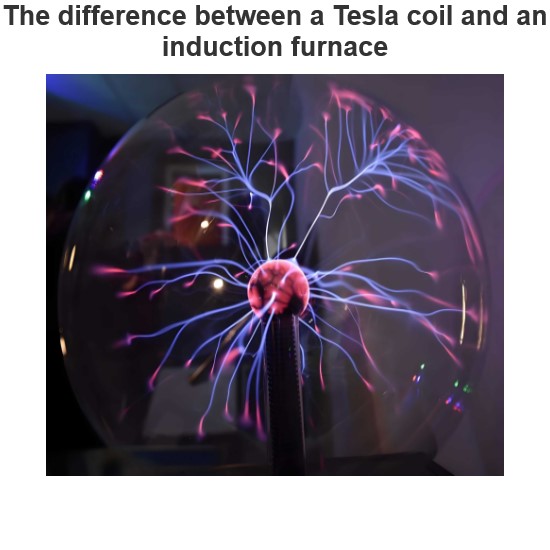Antiferroelectricity
This is a physical property associated with antiferroelectric materials. Actually, these are materials having ions which can polarize without external field (spontaneous polarization). As a result, dipoles are ordered or arranged with alternating orientation. That is, adjacent lines will be in anti parallel direction. Electric field causes phase transition in these materials. This phase transition cause large pattern strain and energy change. Antiferroelectricity is highly linked to ferroelectricity. They are contrast with each other. So we have to know that ferroelectricity is also a physical property which polarizes quickly. By varying the direction of the field applied we can invert the direction of polarization. So, the difference is the direction of dipoles after polarization. The former will align anti parallel and latter will align in the same direction. Antiferroelectric property is steady than ferroelectric property in a plain cubic pattern.
The entire macroscopic spontaneous polarization in antiferroelectric material is zero. The reason is that the closest dipoles will cancel each other. This property can emerge or vanish depending on various parameters. The parameters are external field, pressure, growth method, temperature etc. The antiferroelectric property is not piezoelectric. That is there is no change in mechanical character of the material by the application of external field. These materials usually have high dielectric constant. The dipole orientation of this material is similar to the chess board pattern which is shown below.
The examples of antiferroelectric materials are as follows
PbZrO3 (Lead Zirconate)
NH4H2PO4 (ADP: Ammonium dihydrogen Phosphate)
NaNbO3(Sodium Niobate)
Antiferroelectricity and Temperature
The antiferroelectric property will vanish above a particular temperature. This we can call as Antiferroelectric Curie point. The materials and their curie temperature are shown in Table no.1. The dielectric constant (relative permittivity) less and more than this Curie point is investigated. This is done for both first and second order transition. In the second order transition, dielectric constant is continuous all over the Curie point. In the two cases dielectric constant must not be very high.
Double Hysteresis Loop
The hysteresis loop of a perfect antiferroelectric material can be drawn as shown in Figure 2 below. The reversal of spontaneous polarization of these materials gives a double hysteresis loops. The external field applied is a low frequency AC field.
Application of Antiferroelectricity
Super capacitors
MEMS Application
Used in integration with ferromagnetic materials
High energy storage devices
Photonic application
Liquid crystal etc.
Statement: Respect the original, good articles worth sharing, if there is infringement please contact delete.
Electrical4U is dedicated to the teaching and sharing of all things related to electrical and electronics engineering.
















